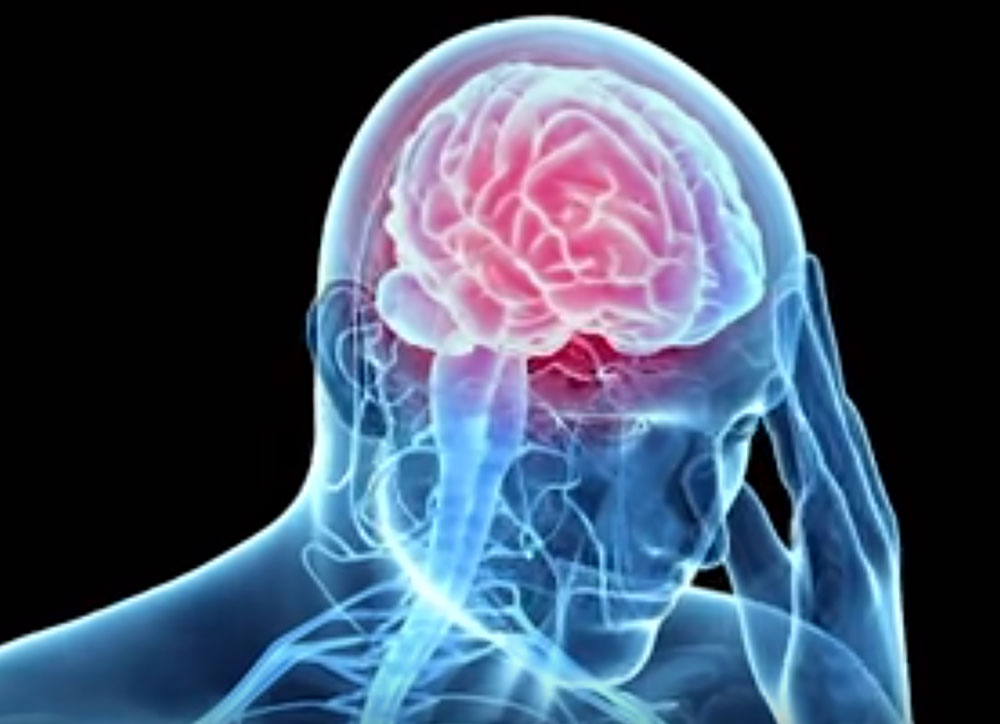Researchers at the Wellcome Sanger Institute and the Wellcome-MRC Cambridge Stem Cell Institute, say their studies have revealed novel insights into the architecture of the brain. The team discovered astrocytes in mice are more diverse than previously thought, with distinct layers of astrocytes across the cerebral cortex that provide the strongest evidence to date of their specialization across the brain. The researchers, who published a paper entitled “Astrocyte layers in the mammalian cerebral cortex revealed by a single-cell in situ transcriptomic map,” in Nature Neuroscience, believe their work will change the way we think about the brain and the role of cells such as astrocytes. This knowledge will have with implications for the study of neurological disorders, such as Alzheimer’s, multiple sclerosis (MS), and autism, they point out.
“Although the cerebral cortex is organized into six excitatory neuronal layers, it is unclear whether glial cells show distinct layering. In the present study, we developed a high-content pipeline, the large-area spatial transcriptomic (LaST) map, which can quantify single-cell gene expression in situ. Screening 46 candidate genes for astrocyte diversity across the mouse cortex, we identified superficial, mid, and deep astrocyte identities in gradient layer patterns that were distinct from those of neurons,” write the investigators.
“Astrocyte layer features, established in the early postnatal cortex, mostly persisted in adult mouse and human cortex. Single-cell RNA sequencing and spatial reconstruction analysis further confirmed the presence of astrocyte layers in the adult cortex. Satb2 and Reeler mutations that shifted neuronal post-mitotic development were sufficient to alter glial layering, indicating an instructive role for neuronal cues. Finally, astrocyte layer patterns diverged between mouse cortical regions. These findings indicate that excitatory neurons and astrocytes are organized into distinct lineage-associated laminae.”
In the past 20 years, research has shown glial cells to be key players in brain development and function, as well as promising targets for better understanding neurological disorders. Alzheimer’s causes around two thirds of dementia cases in the U.K., which affects around 850,000 individuals at present. MS is a neurological disorder that affects the central nervous system and impacts around 100,000 people in the U.K. Autism affects around one in every hundred people in the U.K.
Despite the wealth of knowledge on neuronal function and the organization of neurons into layers, prior to this study there had been little investigation into whether glial cells across different layers showed different cellular properties, notes Omer Bayraktar, PhD, group leader at the Wellcome Sanger Institute. To answer this question, the researchers developed a new methodological approach to provide a more detailed view of the organization of astrocytes.
Nucleic acid imaging was carried out on mouse and human brain samples at the University of Cambridge to map how new genes are expressed within tissue. These maps were combined with single cell genomic data at the Wellcome Sanger Institute to extend the molecular description of astrocytes. These data sets were then combined to create a three-dimensional, high-resolution picture of astrocytes in the cerebral cortex.
The team discovered that astrocytes are not uniform as previously thought, but take distinct molecular forms depending on their location in the cerebral cortex. They found that astrocytes are also organized into multiple layers, but that the boundaries of astrocyte layers are not identical to the neuronal layers. Instead, astrocyte layers have less sharply defined edges and overlap the neuronal layers.
“The discovery that astrocytes are organized into layers that are similar, but not identical to, neuronal layers redefines our view of the structure of the mammalian brain,” points out Bayraktar. “The structure of the cerebral cortex can no longer simply be seen as the structure of neurons. If you want to properly understand how our brains work, you have to consider how astrocytes are organized and what role they play.”
As well as increasing the understanding of brain biology, the findings are expected to have implications for the study and treatment of human neurological disorders. Over the past decade glial cells, rather than neurons, have been heavily implicated in diseases such as Alzheimer’s and multiple sclerosis.
“This study shows that the cortical architecture is more complex than previously thought. It provides a basis to begin to understand the precise roles played by astrocytes, and how they are involved in human neurodevelopmental and neurodegenerative diseases,” says David Rowitch, MD, PhD, ScD, senior author of the study and head of pediatrics at the University of Cambridge.







